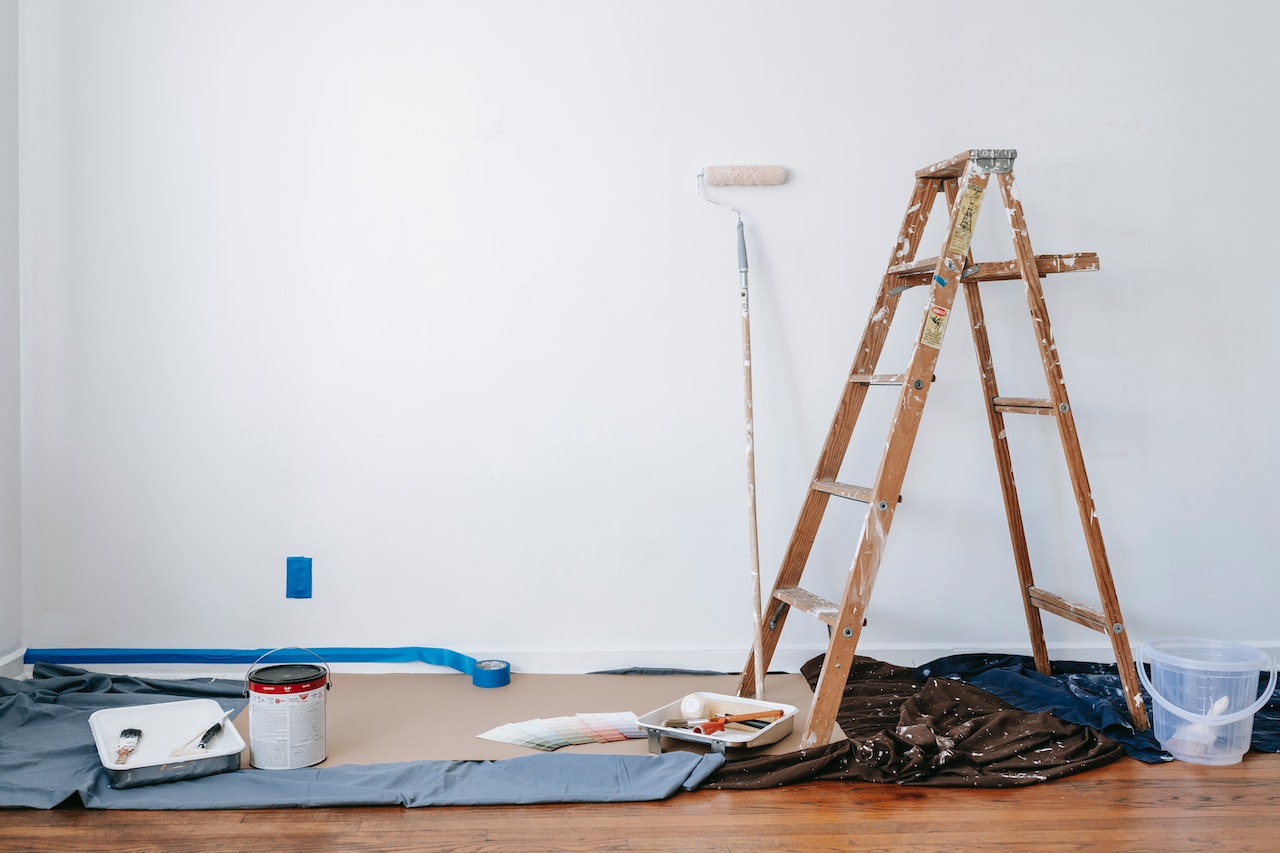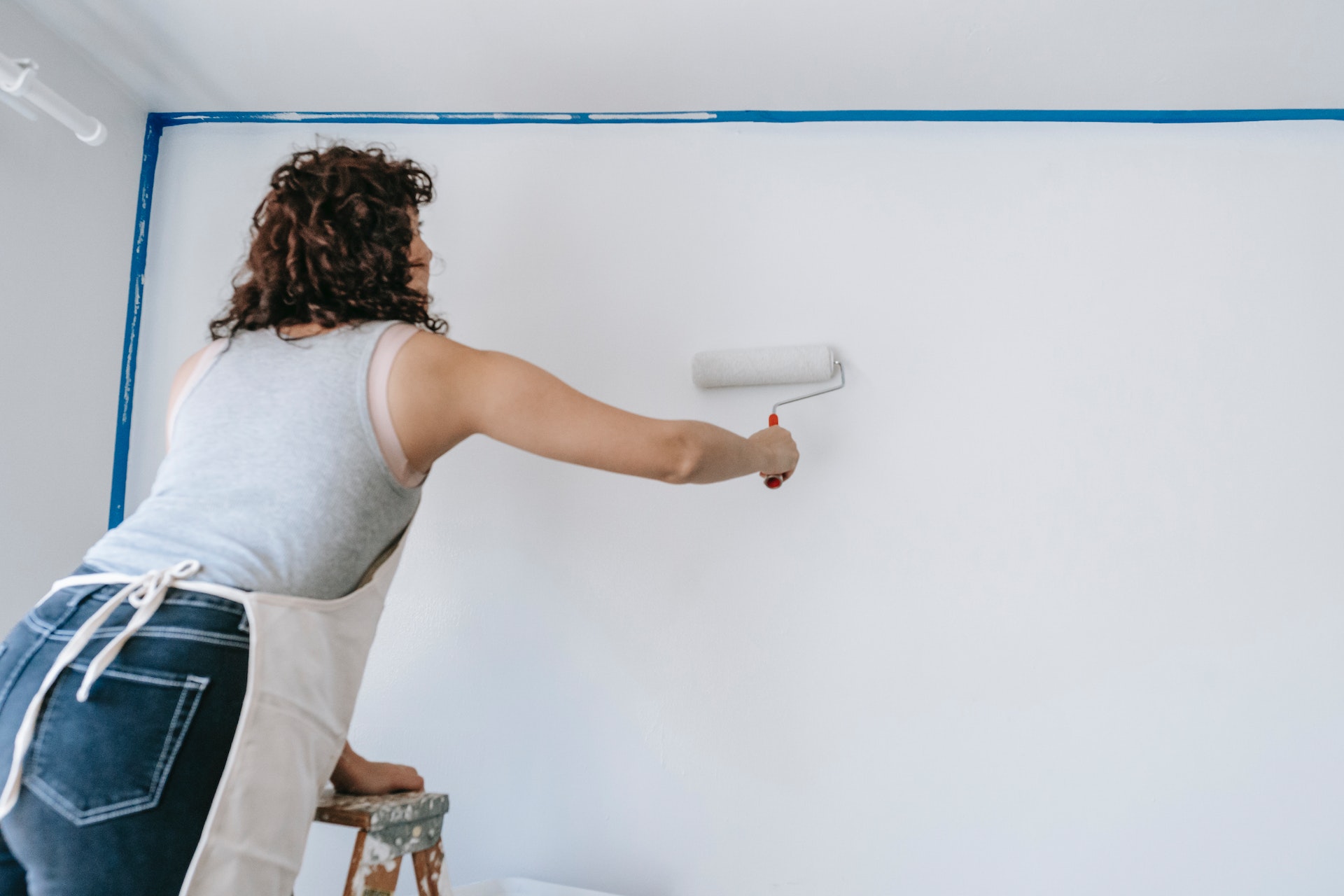How to Deal with Home Painting Projects
A fresh coat of paint can alter the look and feel of your home, whether you’re aiming to revitalize a room or enhance your home’s curb appeal. However, home painting projects like wall colors for gray cabinets can be quite an undertaking, requiring careful planning and execution. From choosing the right colors to preparing surfaces and ensuring a smooth finish, there’s a lot to consider. Here’s a comprehensive guide on effectively dealing with home painting projects.
Choose the Right Colors
The first step in any painting project is selecting the right colors. Consider the existing decor, lighting, and the ambiance you want to create in the space. Gather paint samples and test them on a small wall area to see how they look in different lighting conditions. Don’t rush this step; your chosen color will significantly impact the overall aesthetic.

Gather Supplies and Prepare the Area
Before you start painting, ensure you have all the necessary supplies, including paint, brushes, rollers, painter’s tape, drop cloths, and paint trays. Clear the room of furniture or cover it with drop cloths to prevent accidental paint splatters. Remove wall fixtures, outlet covers, and switch plates, and apply painter’s tape to protect edges and trim.
Prepare Surfaces Properly
The key to a successful paint job is proper surface preparation. Fill holes or spaces with spackle and sand the surface to ensure a smooth finish. Clean the walls to remove dust, grease, and grime that could affect paint adhesion. A well-prepared surface will result in a more professional-looking outcome.
Prime if Necessary
In some cases, especially when dealing with dark or unevenly colored walls, applying a primer is essential. Primer assists in creating an even base for the paint, enhances its adhesion, and saves you on the amount of paint required for full coverage.
Apply Paint Methodically
When it comes to actually painting, follow a systematic approach. Cut along the edges with a brush, then use a roller to cover larger areas. Work in small sections, blending the paint to avoid visible lines or edges. Apply two coats for a more consistent and vibrant finish.
Allow Proper Drying Time
Patience is key when it comes to drying. Take note of the manufacturer’s instructions for drying times between coats. Adequate drying time ensures the paint adheres properly and minimizes the risk of smudging or streaking.

Inspect and Touch Up
Inspect the walls once the paint has dried for missed spots or imperfections. Touch these areas with a small brush and the same paint to ensure a seamless finish.
Clean Up Carefully
After the painting is complete, carefully peel off the painter’s tape while the paint is still slightly tacky to avoid peeling. Clean brushes, rollers, and paint trays thoroughly according to the type of paint used.
Conclusion
Dealing with home painting projects requires careful planning, preparation, and execution. From choosing the right colors to properly preparing surfaces and applying paint methodically, each step contributes to a successful outcome. Following these guidelines ensures that your painting project results in a beautifully transformed living space you can enjoy for years.




